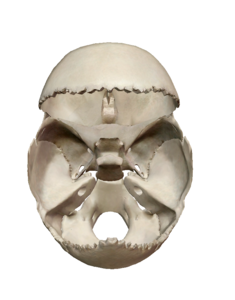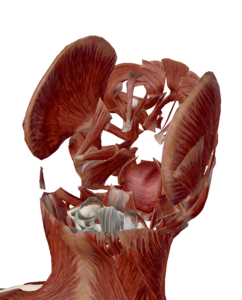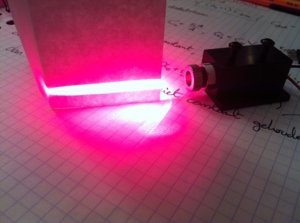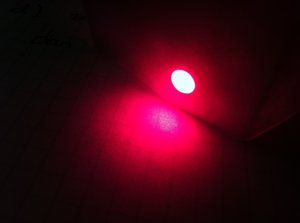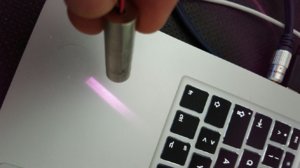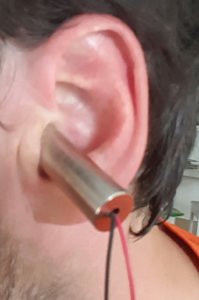Well I'm not convinced either. But Ive to do something. Today I am pretty good but yesterday was awful. Loudness changes about +- 20% and thats enough to go from bearable to torture for me.
I wouldn't mind to spend more money on it. Actually I would pay 100k to get rid of it. But in this case 1k for a commercial lllt is a rip off. 30€ is worth a try. Even just for the nice warming of the ears.
Concerning the cause, its just that I don't know for sure. I had definitely no depression before but after 2month every day suffering I was depressed. Not clinically but in every other way. Even though I take Mirtazapin its just for sleeping, concerning mood I don't feel a difference beside not being sleep deprived anymore. Well, stressed I was, but 've been before more stressed. Also stress imho its never a cause, can just be a trigger.
The reason why I gonna try it is I have definetly hearing loss. Hearing test shows it. But more important: I use a cicada sound on my cell phone for masking. Usually even on very low volume it helps. I guess its somehow related to residual inhibition, otherwise I can't explain why its so effective. So must be in the frequency range of my T. Here is the thing. On my left ear where I have my T I can hear this cicada sound very badly. When I hear it with my right ear loud and clearly I hear with my left just nothing. This was so very strange to notice, because before T I never was aware of me being partial deaf.
What I did next was to use a sine generator and good earphones, set volume to very low level and check full frequency range up to 20khz. I've found some notches where I have HHL.
I wouldn't mind to spend more money on it. Actually I would pay 100k to get rid of it. But in this case 1k for a commercial lllt is a rip off. 30€ is worth a try. Even just for the nice warming of the ears.
Concerning the cause, its just that I don't know for sure. I had definitely no depression before but after 2month every day suffering I was depressed. Not clinically but in every other way. Even though I take Mirtazapin its just for sleeping, concerning mood I don't feel a difference beside not being sleep deprived anymore. Well, stressed I was, but 've been before more stressed. Also stress imho its never a cause, can just be a trigger.
The reason why I gonna try it is I have definetly hearing loss. Hearing test shows it. But more important: I use a cicada sound on my cell phone for masking. Usually even on very low volume it helps. I guess its somehow related to residual inhibition, otherwise I can't explain why its so effective. So must be in the frequency range of my T. Here is the thing. On my left ear where I have my T I can hear this cicada sound very badly. When I hear it with my right ear loud and clearly I hear with my left just nothing. This was so very strange to notice, because before T I never was aware of me being partial deaf.
What I did next was to use a sine generator and good earphones, set volume to very low level and check full frequency range up to 20khz. I've found some notches where I have HHL.


 I will calibrate human vs pig as best I can and I will check the light sources I ordered from Banggood.
I will calibrate human vs pig as best I can and I will check the light sources I ordered from Banggood. Member
Member
